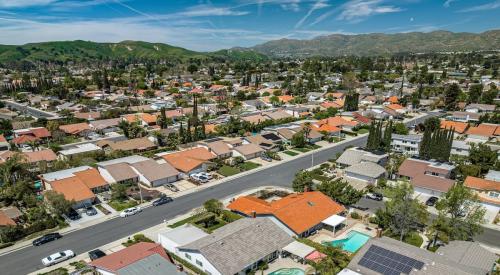The latest Zillow analysis of home value and commuting data in the 33 largest U.S. metros finds that homebuyers will pay a premium for a home closer to the downtown core than on the periphery.
Homebuyers in Boston are likely to pay the highest premium, as the median home in the urban core is worth 303 percent more per-square-foot than a typical home in its periphery. The only other metro over 200 percent was Washington, D.C., where the core home is 218 percent more valuable, per Zillow's research. On the other hand, Baltimore, Cleveland, Detroit, Indianapolis, and Kansas City have the more valuable homes in the peripheries than in their downtown cores.
The past two decades have seen an urban revival in America, with many cities (though not all) returning to the old model of a vibrant central district. Some have observed that from a certain perspective, the world is spiky, with a disproportionate amount of production and innovation carried out in just a few select cities – specifically, in the hearts of those cities. But while this ongoing urban revival likely signals a healthy economy where and when it is occurring, it carries a cost – in many cities, there’s a growing tradeoff between a short commute and an affordable home.













